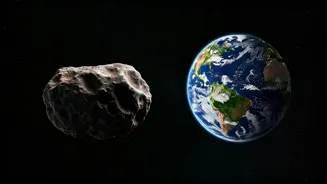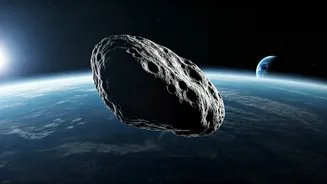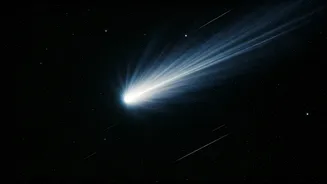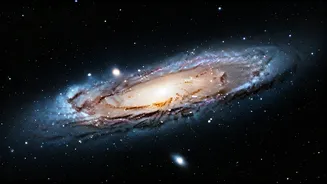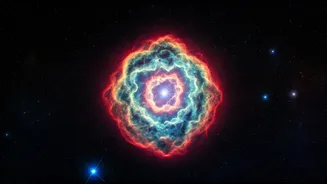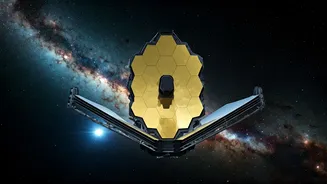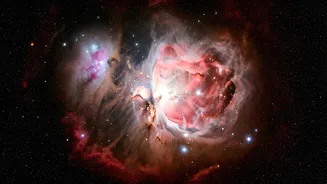A New Celestial Neighbor
In August 2025, astronomers at the University of Hawaii, using the Pan-STARRS1 telescope, made a significant discovery. They found a new quasi-moon, designated
2025 PN7, orbiting Earth. Unlike our regular Moon, 2025 PN7 is a quasi-satellite, meaning it orbits the Sun in a path similar to Earth's, sometimes appearing ahead of or behind our planet. The discovery was made by examining old astronomical images, with glimpses of the asteroid dating back to 1957. NASA confirmed this new companion, which has been traveling with Earth for the last 60 years. This asteroid, measuring between 18 and 36 meters in diameter, poses no threat to our planet but presents exciting prospects for scientific investigation.
What Is a Quasi-Moon?
The term "quasi-moon" refers to an celestial object that orbits the Sun at roughly the same speed as a planet, staying close to the planet as it travels through space. Unlike our Moon, which is bound by Earth's gravity, a quasi-moon maintains a relationship with the planet due to its similar orbital path around the sun. 2025 PN7, for instance, appears to travel alongside Earth, getting as close as 2.5 million miles away, approximately ten times the distance of our Moon. This unique orbital configuration allows these objects to remain in Earth's vicinity for extended periods. Only eight quasi-moons have been confirmed orbiting planets like Earth, making 2025 PN7 a rare and intriguing find.
2025 PN7's Orbit and Duration
The asteroid 2025 PN7's orbital journey around the sun mirrors Earth's, allowing it to remain near our planet for a considerable duration. Since 1957, the object has been a companion to Earth, and it will continue to accompany our planet until 2083. After this time, 2025 PN7 is expected to drift away, as per NASA. The size of the asteroid, approximately 18 to 36 meters in diameter, which is roughly the size of a small building, impacts its visibility. There are limited 'visibility windows,' making it tricky to observe. This quasi-moon is the smallest and least stable of the confirmed quasi-moons, adding to its scientific interest.
Scientific Significance and Safety
NASA has emphasized that 2025 PN7 poses no danger to Earth. Instead, it offers a remarkable opportunity for scientists. Small, nearby asteroids could provide ideal testing grounds for future unmanned space missions, as suggested by expert Carlos de la Fuente Marcos. The quasi-moon's proximity to Earth provides researchers with a readily accessible celestial body for detailed study. This allows scientists to investigate the composition, behavior, and orbital dynamics of near-Earth objects. The discovery and study of 2025 PN7 contribute to our understanding of the solar system and our place within it, highlighting the dynamic nature of space and the ongoing process of discovery.
